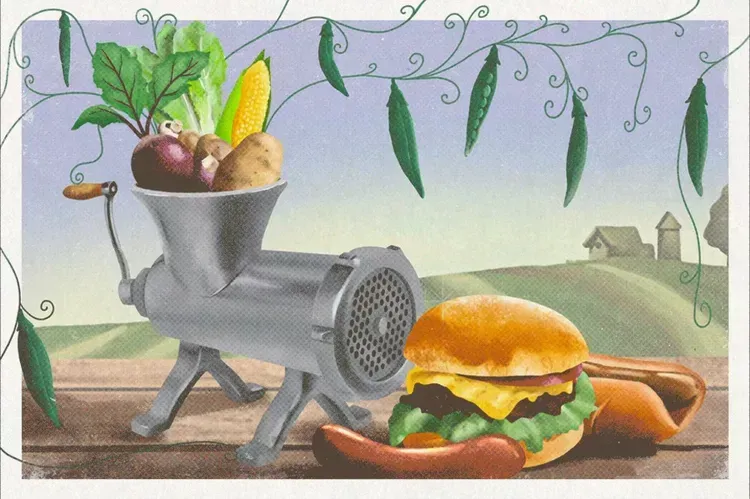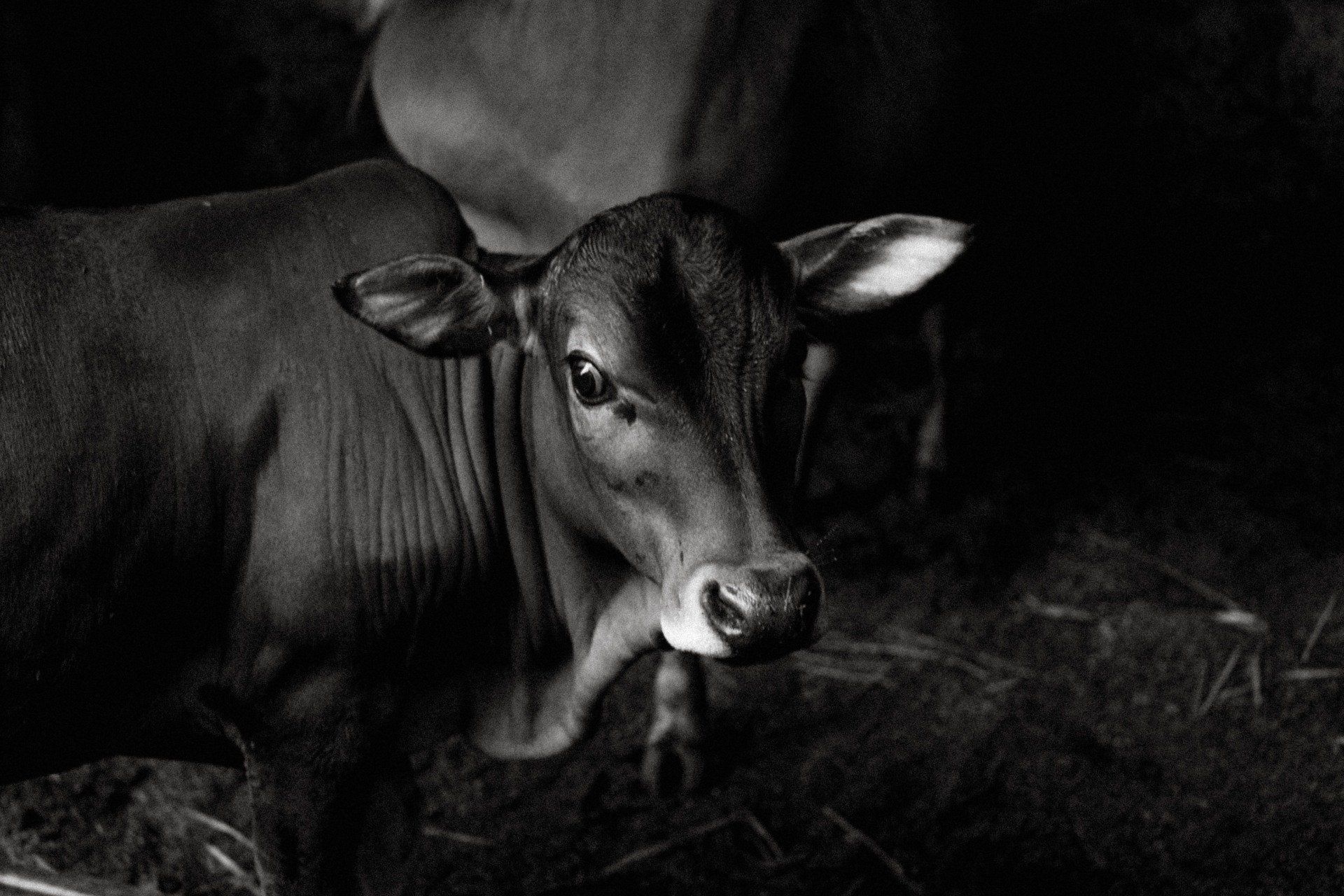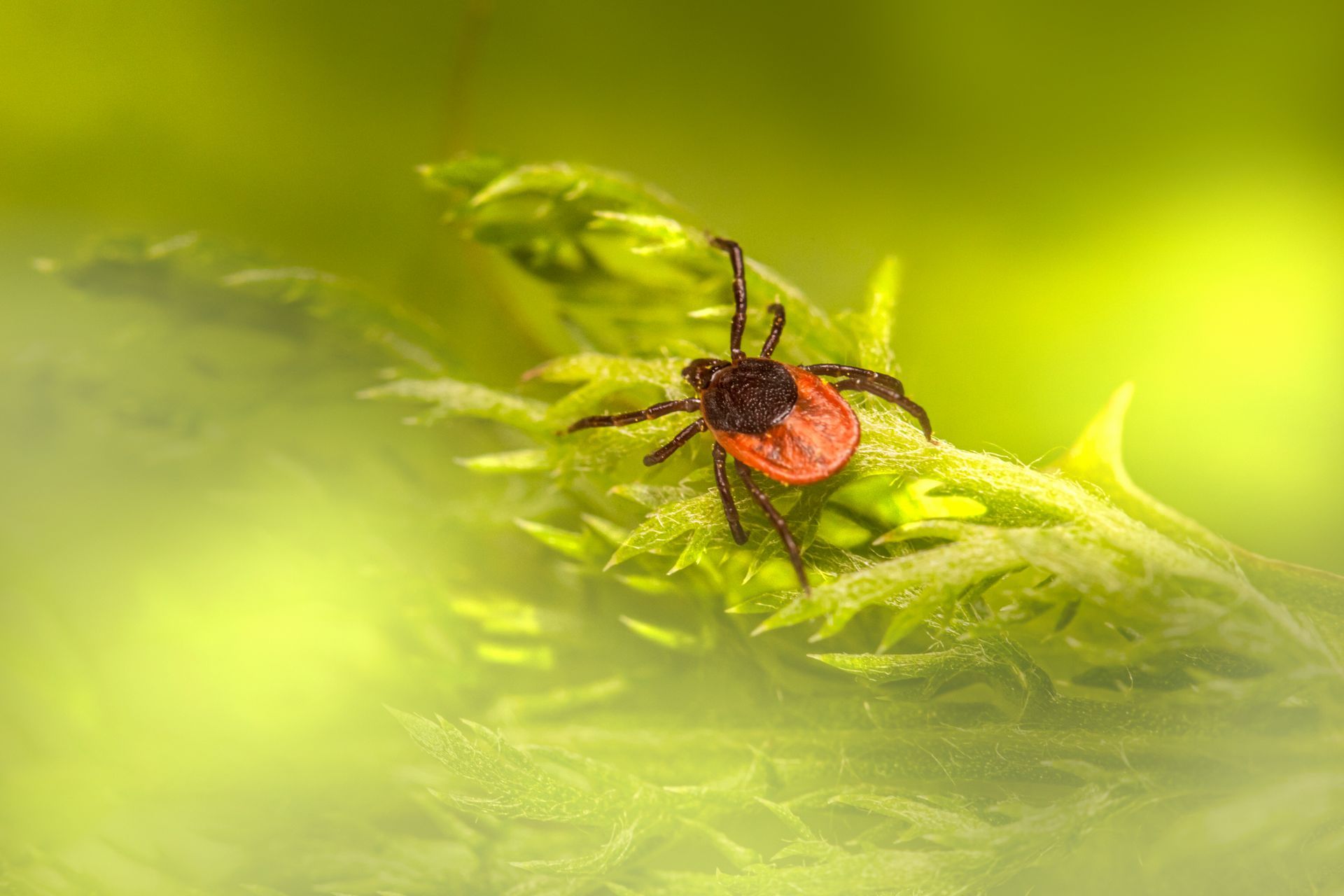Northeast Cover Crop Removal
Clint Black, Agronomist for Hubner Seed.
- Cover crops can increase soil organic matter, decrease soil erosion, and depending on the species, supply nitrogen for the next cash crop.
- Timely removal of a cover crop can help maximize benefits and minimize any potential negative impact on the yield potential of the following crop.
- Removal timing and method is specific to the cover crop species planted.
Cover crops are mostly planted for their beneficial qualities and are not harvested for their seed, fruit, or forage. Cover crops are terminated before planting production crops, so they are not permitted to function as weeds and/or hinder crop production.1
Cover Crop Removal
Timing of removal is specific to each cover crop species and varies by farming conditions. Cover crop termination four to eight weeks prior to commercial crop planting can allow soil warming, soil water replenishment, and residue drying and decomposition.2 Termination that occurs less than four weeks before commercial crop planting may provide the benefits of increased cover crop biomass, soil and water conservation, and possible nitrogen sources.
Nitrogen release and commercial crop yields can be affected by the timing of cover crop removal. Early termination of small grain cover crops can result in more rapid decomposition of the residue due to the narrow carbon to nitrogen ratio of young plant tissue. Carbon to nitrogen ratios of 30 to 1 and greater are reached at the flowering stage of small grains.3
Figure 1. Annual ryegrass growth in the spring should be controlled as the first node is just starting to form.
This wider ratio may be desirable for increasing above ground biomass production and residue coverage. The crop being planted following a cover crop should be considered when terminating cover crops. For example, termination of winter-hardy cereals including cereal rye, triticale, and wheat should be timed to allow at least a two-week window prior to corn planting to avoid a yield reduction.4
Termination Methods
Cover crops may include grasses, broadleaves, legumes, or any combination of these. The four methods used to terminate cover crops are: winterkill, tilling, mowing, and applying herbicides. A survey of farmers in 2006 found that approximately 54 percent of cover crop growers applied herbicides, 33 percent used tillage, and 13 percent used both methods of cover crop termination.5 Winterkill is a method in which the cover crop is left until it is terminated by a hard freeze. This method is only possible in northern climates and for certain cover crops that are susceptible to the first hard frost (temperatures below 25°F) such as turnip and radish.3
While tillage is the second most common method of terminating cover crops, the use of tillage can be expensive and reduce the benefits of cover crops.
Mechanical. Aside from tillage, other mechanical methods of cover crop termination include use of a roller-crimper or mower. Roller-crimpers (mechanical rollers) can be used to kill tall-growing cover crops by breaking or crimping the stem. This method can be effective when used on cover crops at the flowering stage or later.3 Mow-kill is a method of cover crop removal that is effective on some species. Cover crop regrowth and residue distribution should be evaluated when mowing is used for termination.
Herbicide. Generally, the herbicide burndown application is often more successful when the cover crop is small and actively growing. Cover crops that are bolting or jointing can be more difficult to control with standard herbicide rates as higher, labeled rates may be warranted under these conditions. Herbicide applications should be made after three to four days of daytime temperatures in the high 50sto low 60s with nighttime temperatures greater than 40°F. Avoid spraying in early morning or late afternoon or evening as plant growth is slower during these times in the spring. Always include ammonium sulfate (AMS) at 8.5 to17 lbs per 100 gallons of spray solution with glyphosate applications.
Here are some tips for various cover crop species:
- Winter Kill (temperatures below 25°F). Radish, turnips, buckwheat, oats, and annual ryegrass. Apply Roundup PowerMAX® Herbicide (44 oz/acre) + AMS in 10 to 15 gallons of spray mix per acre. Target grass heights of 8 to 12 inches (prior to jointing), and spray mid-morning to early afternoon for best results. Avoid the use of residual herbicides with Roundup PowerMAX Herbicide as this tank mix may cause a reduction in control. Scout fields after application to confirm complete death of the cover crop.
- Cereal Rye. Apply Roundup PowerMAX Herbicide (32 oz/acre) + AMS in 10 to 15 gallons of spray mix per acre. Spray before plants are 18 inches tall. In general, this cover crop is easier to kill than annual ryegrass. Avoid the use of residual herbicides with Roundup PowerMAX Herbicide as this tank mix may cause a reduction in control.
- Winter Wheat. Apply Roundup PowerMAX Herbicide (32-44 oz/acre) + AMS in 10 to 15 gallons of spray mix per acre. Spray prior to joint stage. Target application timing for early spring during a period of warm weather. Avoid the use of residual herbicides with Roundup PowerMAX Herbicide as this tank mix may cause a reduction in control.
- Legumes (Crimson Clover, Red Clover, Hairy Vetch, Peas). Apply Roundup PowerMAX Herbicide(32-44 oz/acre) + 2,4-D LV4 (16 oz/acre) or Sharpen® Herbicide (1 oz/acre) in 10 to 15 gallons of spray mix per acre. Consult 2,4-D LV4 and Sharpen Herbicide labels for soybean replant intervals and recommended adjuvants. Target spray applications from the mid-April to first of May time period for optimum plant activity and herbicide effectiveness.
Summary
- Cover crop species differ in their ability to survive winter conditions.
- Herbicides are often the preferred removal method compared to tillage for an overwintered cover crop, as tillage can decrease some of the benefits of the cover crop.
- Generally, cover crop removal prior to seed set is desired to help manage the seed bank.
Sources
1Legleiter, T., Johnson, B., Jordan, T., and Gibson, K. 2012. Successful cover crop termination with herbicides. Purdue University. WS-50-W.
2Schomberg, H. and Balkcom, K. 2009. Cover crops. Soil quality for environmental health.http://soilquality.org/.
3Sustainable agriculture research and education. 2012. Managing cover crops profitably (3rd edition).https://www.sare.org/.
4Singer, J. 2006. Cover crops in the Corn Belt: Survey finds underused potential as conservation tool. Leopold Center for Sustainable Agriculture. Iowa State University. https://www.leopold.iastate.edu/.
5Singer, J. 2008. Corn belt assessment of cover crop management and preferences. Agronomy Journal. Vol. 100:1670-1672.
Loux, M. 2007. Burndown herbicide activity—Can we kill anything when it’s this cold? C.O.R.N. Newsletter 2007-08. The Ohio State University. https://agcrops.osu.edu/.
Web sources verified 09/02/2020.
2017_S1
You might also like
Jaynie Norman


